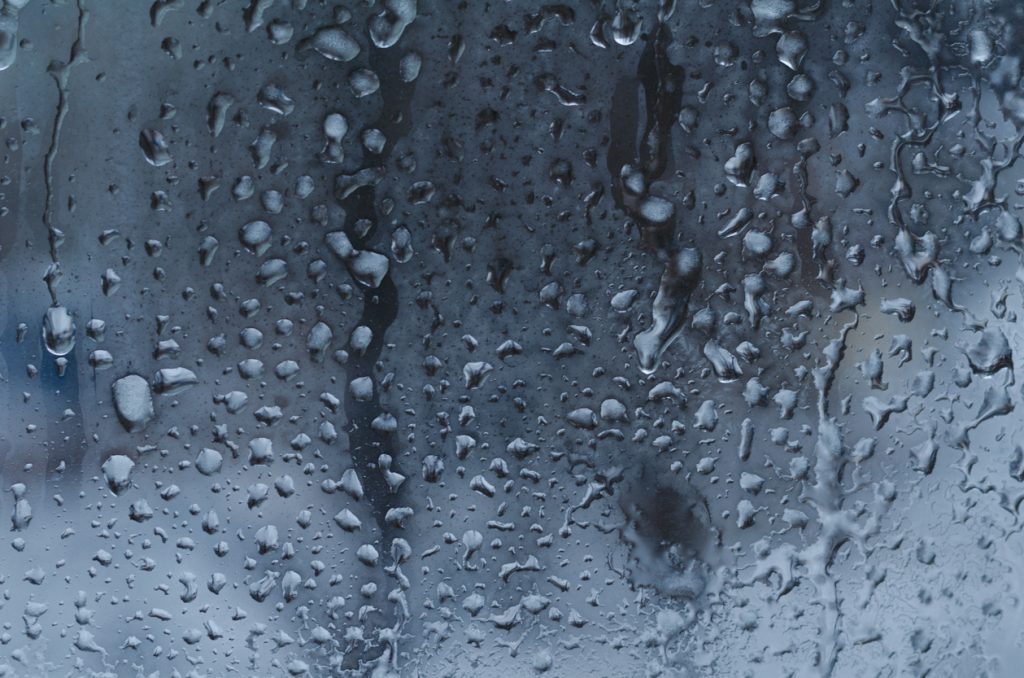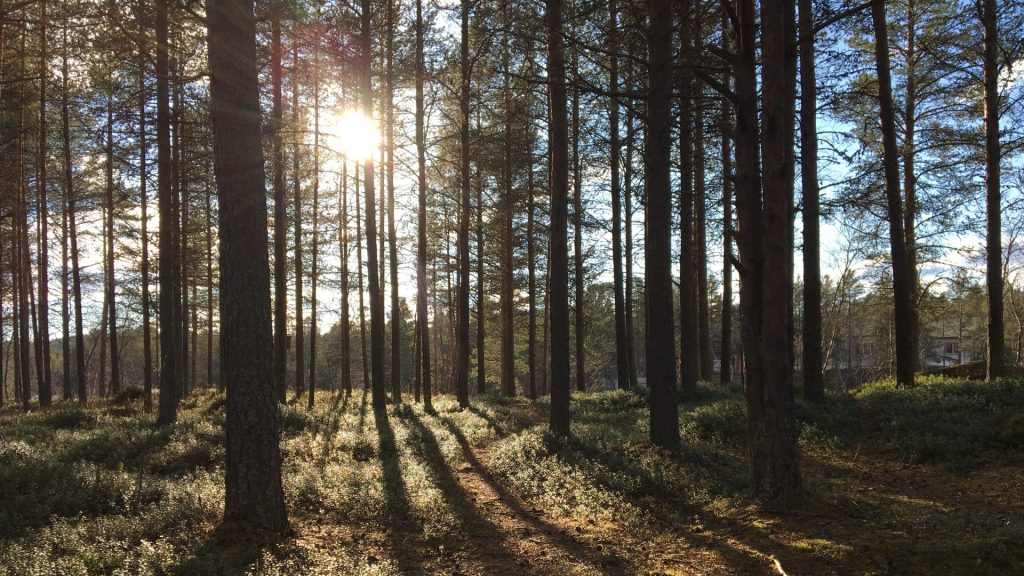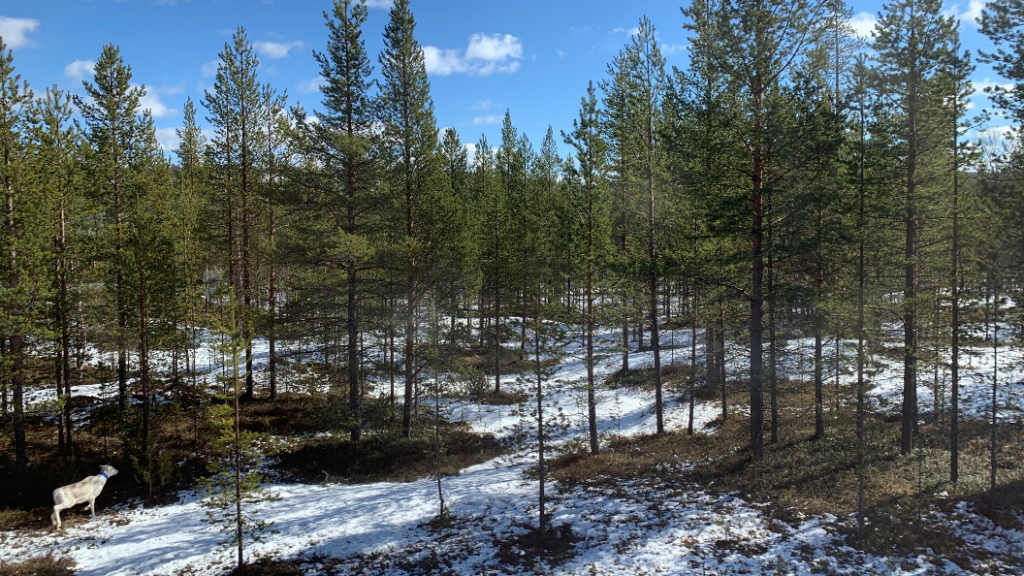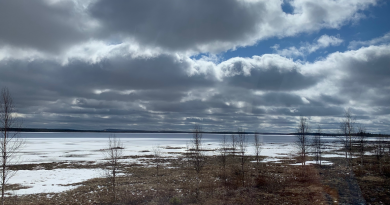Warm fall, wet November mark unusual autumn weather for Finland

Lapland, Finland’s Arctic region, experienced some of the coldest autumn temperatures in the country, while the southern and eastern parts of the country saw near record-breaking warmth, the Finnish Meteorological Institute (FMI) Institute said on Sunday.
“The average temperature of the whole country in autumn takes fourth place in Finland’s measurement history,” meteorologist Pauli Jokinen said in a statement.
“Autumn 2020 was the warmest in Finland’s measurement history and only about 0.17 C warmer than this autumn.”
Southern Finland saw the season’s warmest temperatures.
Kotka Rank, a weather station on the southern coast, recorded its warmest autumn in over 90 years.
Fall temperatures this year ranged from about 1°C up in Käsivarren Lapland to around 10°C along the southern coast. The hottest day of the season came on September 5, when temperatures hit 28°C in Kaarina and Turku.
Highest November temperature recorded in Inari, Lapland
November in particular was milder than usual across the country, with temperatures ranging from 5 C in the southwestern archipelago to -5C in central Lapland.
“The average temperature was mostly 1-2 degrees above the average for the reference period 1991–2020, in Northern Lapland 3–4 degrees above the average,” the FMI said.
The highest November temperature, 12.6 C, was measured in Nellim, Inari (in Finnish Lapland) on November 8.

Wet month for Northern Lapland
November was also wetter than usual in the western parts of the country.
The southern and western regions, along with Northern Lapland, saw particularly heavy rainfall, with some areas from Uusimaa to Pirkanmaa experiencing unusually high totals.
The heaviest rainfall of the month was recorded at the Pirttikoski station in Hämeenlinna, which saw 137.3 millimeters. On the other end of the scale, Kemijärvi Airport recorded the lowest, with just 23.2 millimeters.
In the west of the country, November was also wetter than usual.
At the start of the month, snowstorms hit southern and central parts of the country, but most of it melted away quickly.

The Lyly storm on November 1 brought heavy snow to the south and west, along with some wild winds — hurricane-force gusts were recorded at the Kylmäpihlaja station in Rauma on Finland’s western coast.
As for sunshine, November’s hours were typical for the season. They ranged from six hours in Kevo, up in Arctic Finland, to 43 hours in Turku down south.
Related stories from around the North:
Finland: Snowless Finns suffer ‘eco-grief’, Yle News
Norway: Polar heat record. July average above 10°C, The Independent Barents Observer



